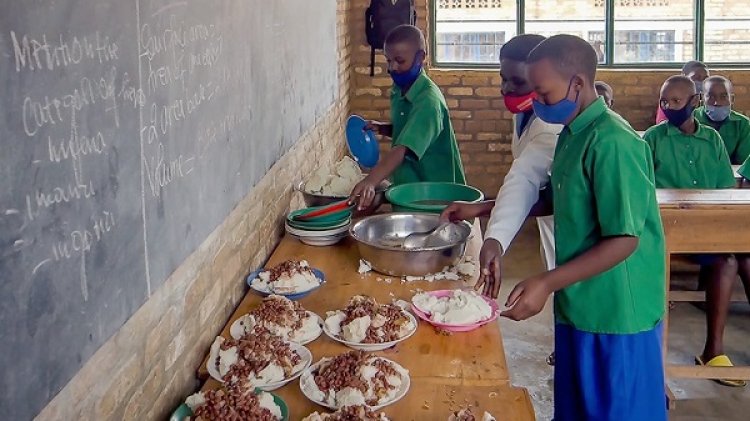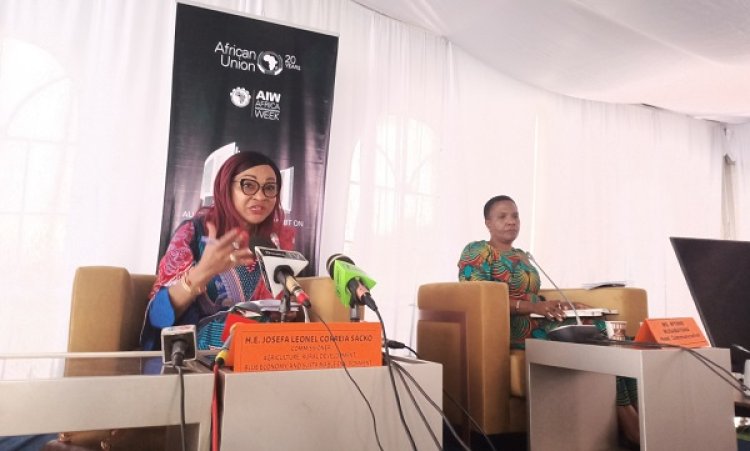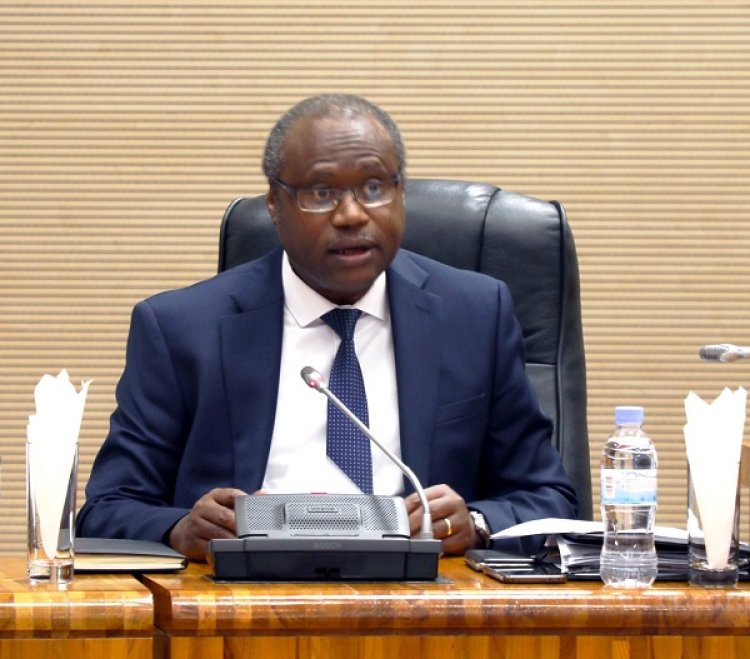Parents could prepare to supplement schools’ meal budgets as learners head back to class Monday, April 18 amid inflation that saw consumer prices hit the roof over the holidays.
Cost of most things – food, energy and utilities in particular — rose significantly in March when inflation rose to new high at 7.5 per cent from 5.8 per cent in February. It was a third rise in a row from 4.3 per cent in January.
Also read: Rwanda inflation rises to 7.5pc on high energy, food bills
Schools’ reopening for the third term Monday is expected to induce a further rise in costs of essentials as most rush to the market to fill their stock.
But the main question is whether they will afford supplies at current market prices even as they budget for bills of non-food items like water, power and cooking fuels, among others.
Imagine the cost of sugar almost doubled from Rwf1,000 to Rwf1,800 a kilo, cooking oil jumped to around Rwf40,000 per a 20-litre jerrican from Rwf23,000.
Generally, there has been 20 to 40 per cent increase in cost of basic foodstuffs schools spend on the most such as maize flour, rice, and sanitary items over the past couple of months.
What worry schools the most, however, are levels at which cost of cooking fuels have skyrocketed with a kilo of cooking gas going for Rwf1,400 and above, and Rwf15,000 for bag of charcoal.
Meal affected
This is expected to worsen the situation in schools where the rise in cost of food items had seen them resort to excluding crucial items from the menu offered to students.
Already, financially-constrained schools hardly purchased things like meat, milk or eggs, which are key proteins sources. Their costs equally rose ever since producers decried spending more on animal feeds.
Initially, consumers’ plight at the market was generally blamed on supply bottlenecks induced by the coronavirus pandemic. But costs since worsened on account of both the speculation and genuine concerns linked to the Russia-Ukraine war and its impact on imported commodity prices.
This hurt schools the most because they faced additional pressure from the deficit in government allocation to the day meal program recently expanded to at all levels of primary education.
Drop in the ocean
The treasury in February earmarked additional Rwf5 billion towards covering the gap for the school feeding program but it’s a drop in the ocean. It won’t prevent schools from adjusting their purchase plans to factor in spikes in commodity costs on the market.
Apparently, going by the level at which commodity prices increased, a school could have to almost triple its budget for key essentials.
Therefore, schools will obviously struggle in absence of supplementary funding.
The question is: Is government likely to chip in? Do schools adjust fees structures and are parents ready? Do the latter have the means anyway?
The fact of the matter is that parents, too, are financially constrained.
In fact, many already found it difficult to pay fees on time under existing fees structures, and this is evidenced by fees arrears emanating from non-payment at respective schools.










